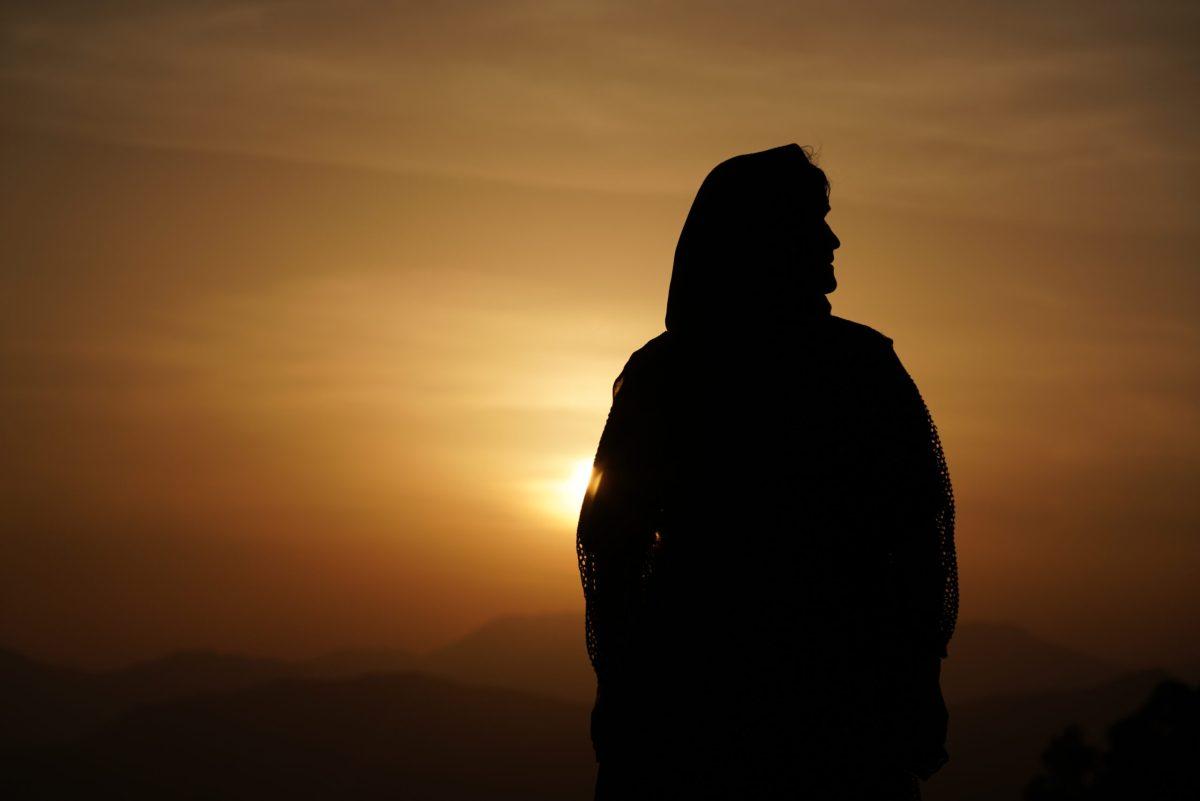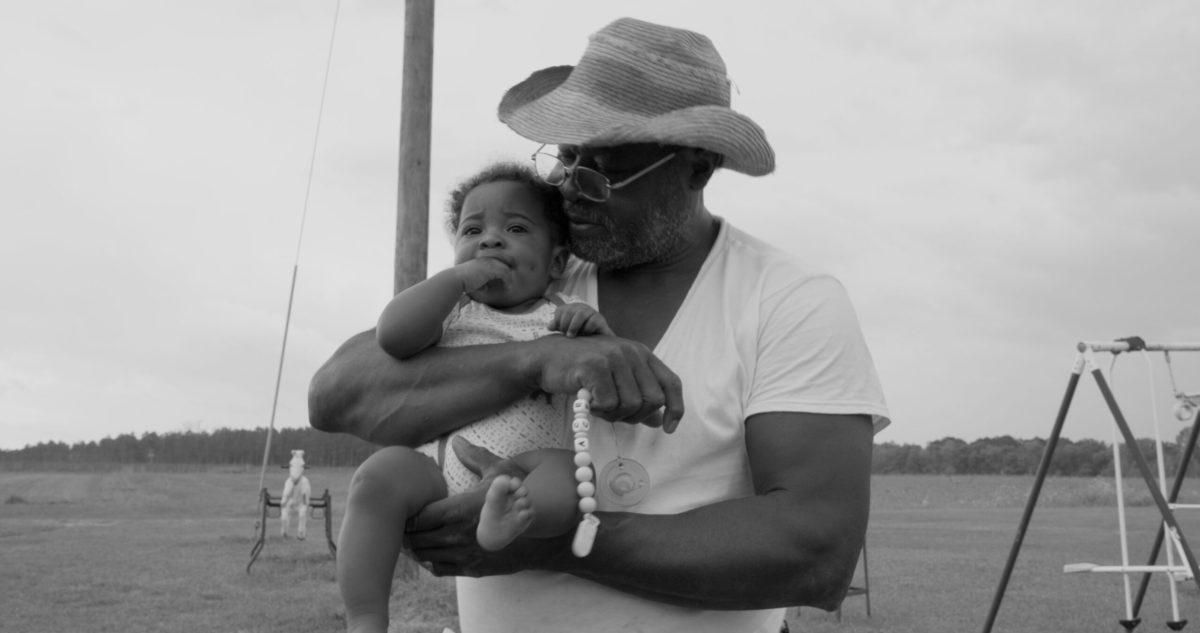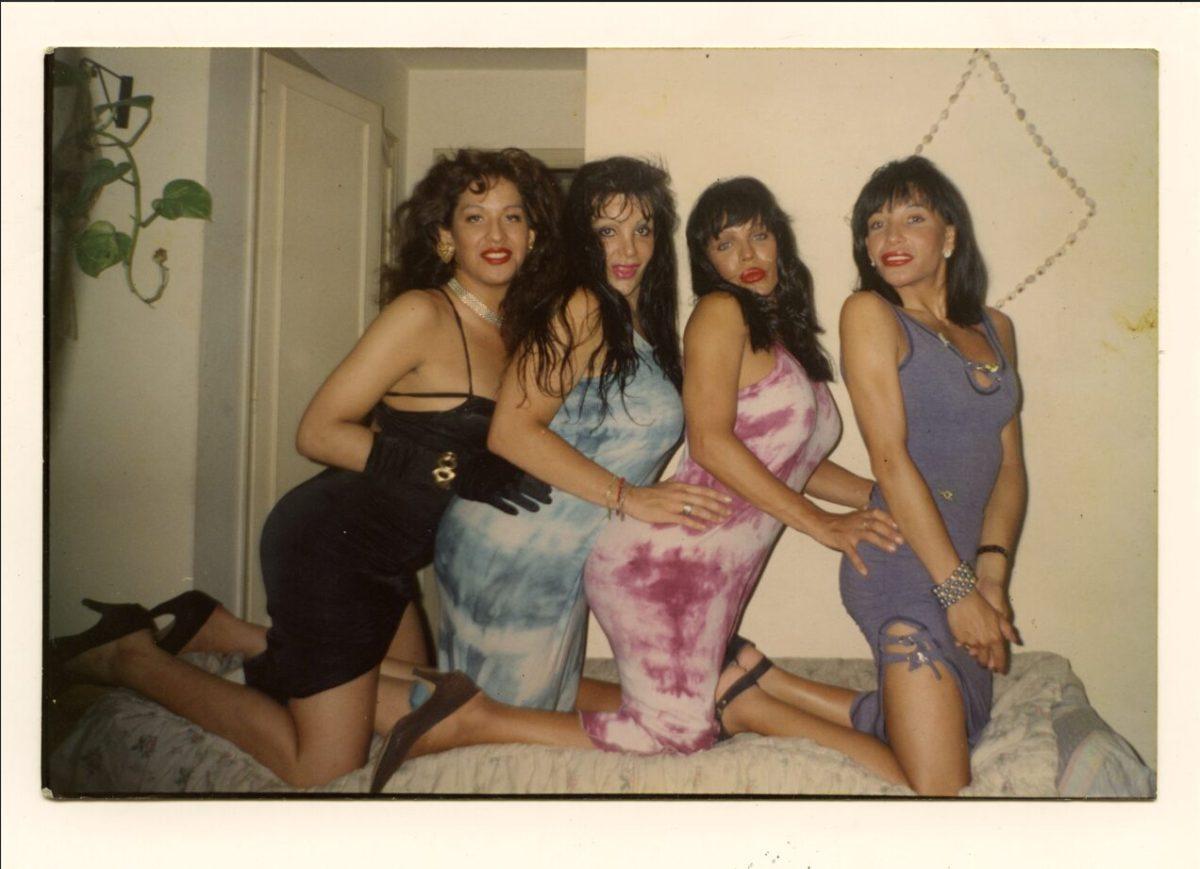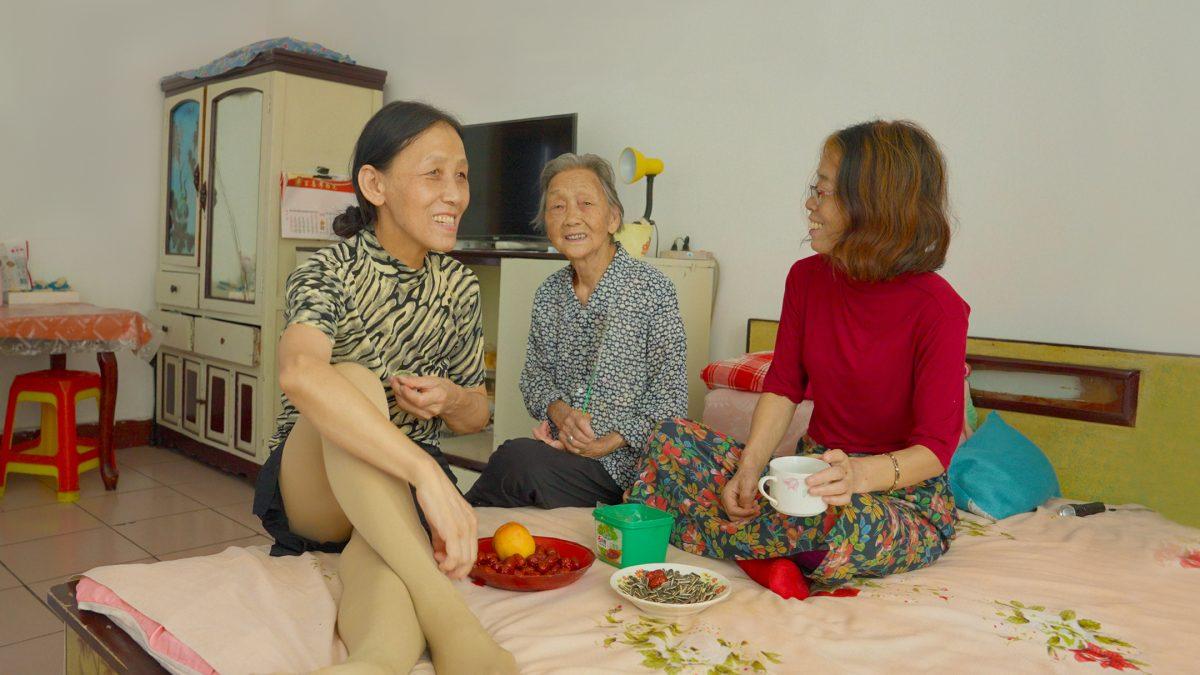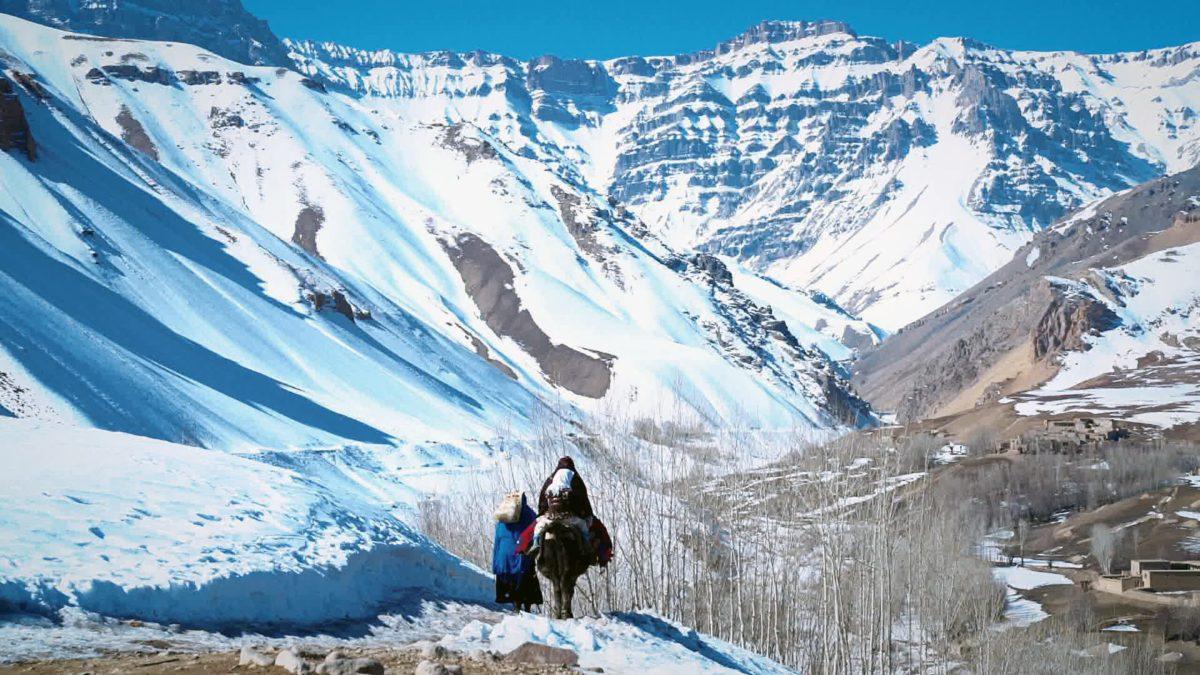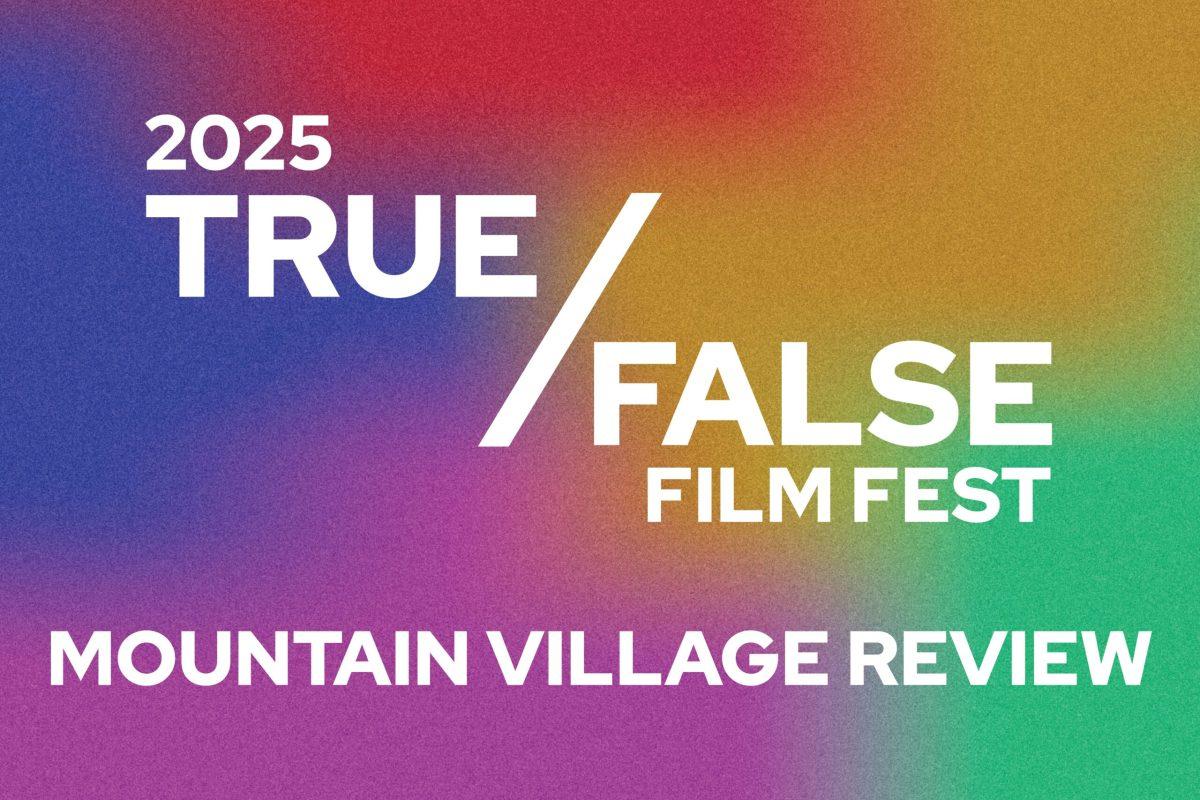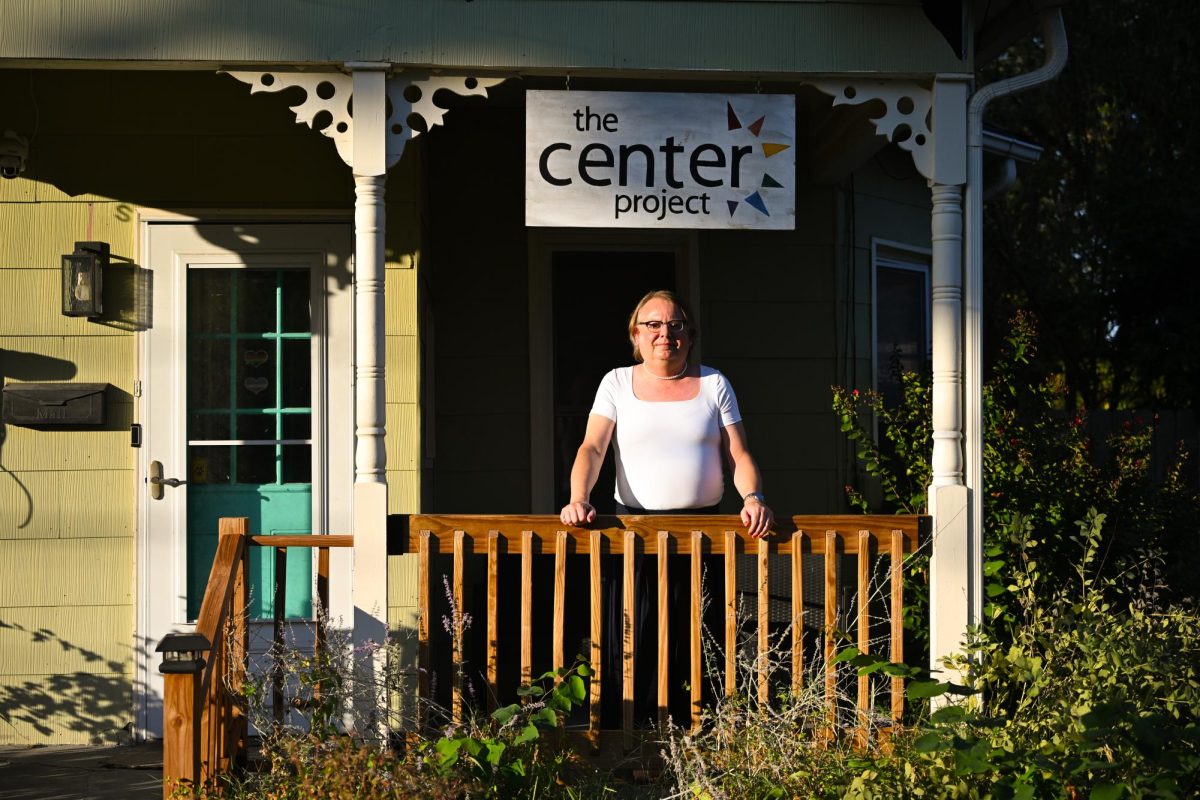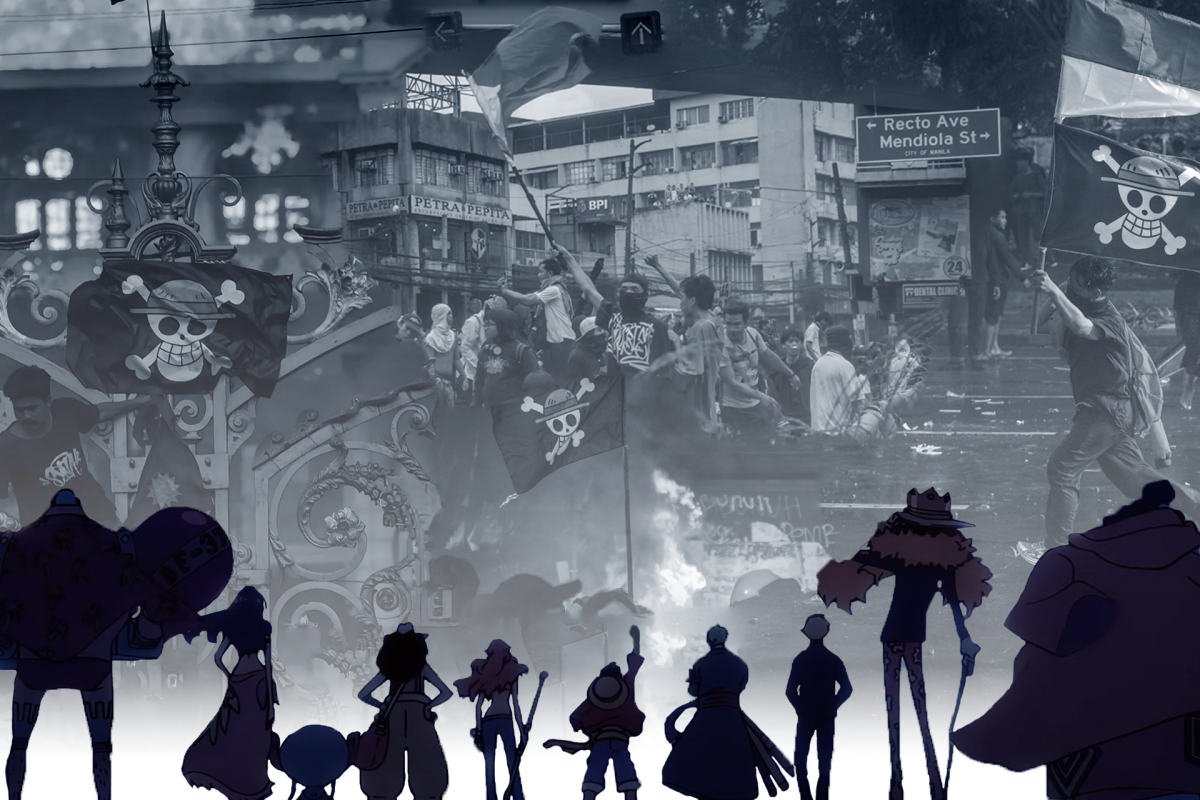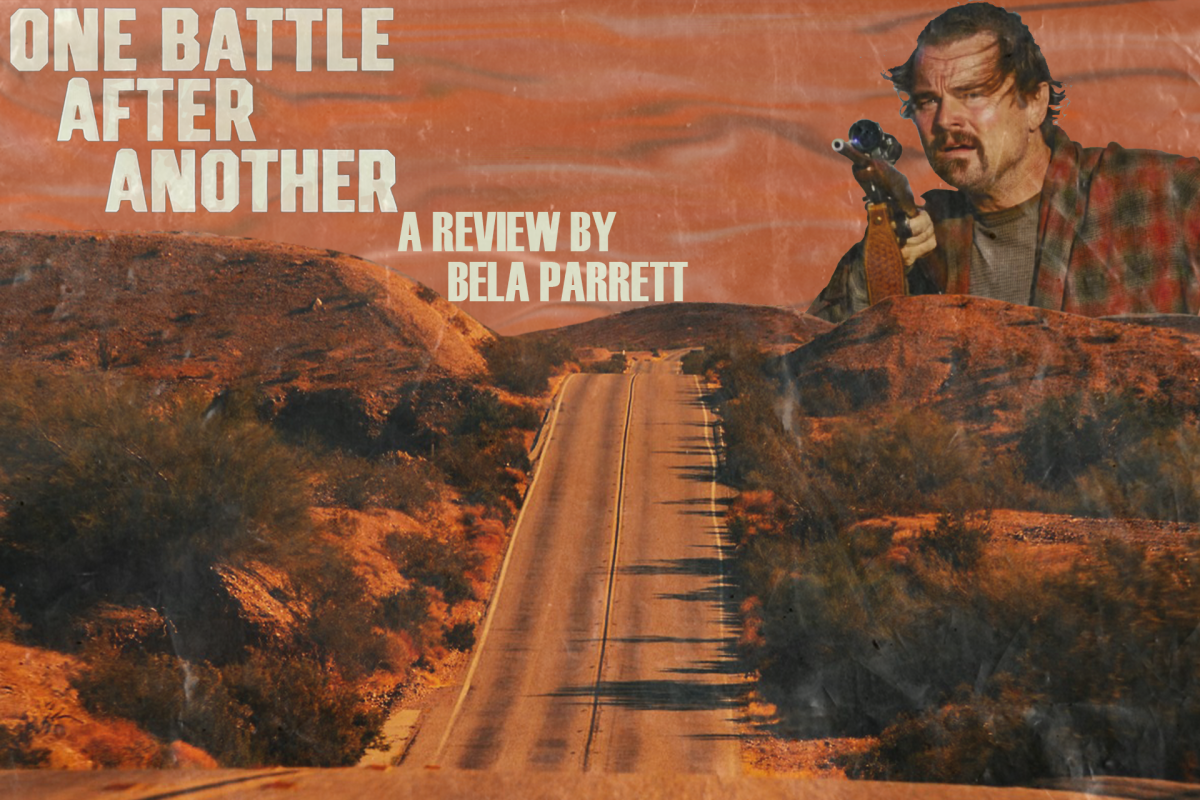Director Marjan Khosravi’s first full-length documentary follows Iranian matriarch Hajar Faramazi as she takes one last migration through the countryside
“Requiem for a Tribe,” a documentary by Marjan Khosravi which was shown at True/False Film Fest on Saturday, is a profound look at the last migratory endeavor of 55-year-old Iranian grandmother Hajar Faramazi. Khosravi follows Faramazi on this final migration as she grapples with her family’s desires and her personal autonomy.
Faramazi is from the nomadic Bakhtiari tribe in southwestern Iran and grew up following their migratory patterns with her family. The tribe would move across Iran with their large herd of sheep and donkeys, never living in one place for long. One of these journeys was recorded and shows the tribe during a migration nearly 40 years ago. Khosarvi mirrors this old footage with several shots from Faramazi’s new migration, blatantly showing the viewer the vast changes in landscape and Faramazi’s perceptions.
For Faramazi, the migrations were beautiful, nostalgic and exciting experiences. However, once she married and settled in a village, she did not continue the seasonal migrations. For other members of the tribe, urbanization and climate change made an already difficult lifestyle almost impossible. When the audience meets her, Faramazi owns a plot of land and a small flock which she tends to. She lives with her husband, while her adult sons have families in a nearby city.
After negotiating with her husband and sons, Faramazi decides to migrate for the first time in roughly 15 years with her extended family, embarking on the route she “knows like the back of her hand.” One condition of this migration is that Faramazi can not take her flock with her. Instead, they are loaded onto a truck and are expected to be returned to her later on in her migration.
A once bustling experience, Faramazi’s final nomadic journey is drastically different from her youth. A plentiful sheep herd is exchanged for one almost half of its size, and, as Faramazi says in the documentary, “the world has become dry.”
The natural world is drastically present at Faramazi’s countryside home, partly because Khosravi uses several wide shots that frame Faramazi in the vast Iranian countryside.
It’s hard not to become attached to Faramazi’s land as she goes about daily life. She tends to her sheep, milks her cow, churns butter and walks through the beautiful landscapes Khosravi has set up for us.
When Faramazi’s adult sons decide they want her to move to the city with them so they can take care of her and sell her land and flock, the audience can understand Faramazi’s land as she does: a naturally peaceful home no one would want to give up.
For Faramazi, moving to the city means death. At the beginning of the film, before Faramazi convinces her husband to let her go on the migration, we see her go to her friend Saham’s funeral. As Faramazi puts it, Saham “died from loneliness” after moving to the city. Faramazi feels she will suffer the same isolation if she listens to her sons’ wishes.
Through Faramazi’s conversations with her family, it becomes clear that she refuses to be a fully submissive member of the family. At the very least, she will speak her mind. She’s witty, stubborn and sarcastic, cracking jokes with her husband on screen. Unlike the rest of her family, she is unafraid of Khosravi’s camera.
During a turning point in the documentary, Faramazi argues with her family after they make a life-changing decision without her knowledge. As she yells, another member of her family says that she needs to calm down because the camera is filming.
It is Khosravi’s lack of interruption, however, that gives us the space to comprehend Faramarzi’s world. In the documentary, we only hear the director’s voice a handful of times. The rest is filled with either conversation between Faramazi and her family or the natural ambiance of her environment. Even decisions made off-screen without Faramazi’s knowledge remain unexplained and the audience is left in the dark, just like Faramazi.
Although Khosravi’s lack of interviewing prevents the documentary from being a completely satisfying experience, it is her silence that forces viewers to focus wholly on Faramazi. Because we see the world through the eyes of the main subject, we begin to understand her impossible predicament.
The documentary’s final shot suspends Faramazi in limbo between autonomy and submission, leaving the audience with as much deciding power as Faramarzi: none.
Khosravi’s documentary is a nuanced reflection on this split and her requiem of one woman’s struggle into quiet submission is a blend of breathtaking landscape and desperation.
Edited by Faith Jacoby | [email protected]
Edited by Emilia Hansen | [email protected]
Edited by Annie Goodykoontz | [email protected]


